How To Buy Your First Banjo - The Basics: Part 2
Moving Up
Before taking a road trip, it is a good idea to have a destination in mind, determine the best route to get there, what the gas will cost, what food stops you need to make (my favorite part), what sights you might want to see along the way and how much money it will cost for all of that. Buying your first “professional” or “step up” banjo will make more sense if you “map out” your wants and needs.
Determining “Your Sound”
As there are many styles of banjo music, there are even more kinds of banjo sound which is determined partly by the banjo and partly by the player. We will talk in general terms today about banjo sounds, and address the specific styles of banjos in specific styles of music in a future article.
Ask yourself some basic questions:
- Do I want a bright sound?
- Do I want a warmer, mellow sound?
- Do I want a banjo with long sustain? (What is sustain?)
- Do I want short sustain?
Remember that in any art form, the artist determines the final form of the art. What you love, what motivates you, what excites you, is what will bring you the greatest happiness and fulfillment. Listen to your artistic nature… not the person who thinks they “know better than you.” What banjo someone else uses is not usually relevant to you as an artist. Mapping out what you want will eliminate oversights and regrets in buying your new banjo.
The Core of the Machine
There have been many myths about the tone ring being THE most important part of a banjo. But banjos, like a recipe or a formula, are a compilation of ingredients, design and craftsmanship.
A fast car is not just a powerful engine, but a powerful engine is usually needed to go fast. You also need the right tires, suspension, steering, etc to maximize speed, control and responsiveness…depending on the race. You also must have the steering wheel within proper reach and height for the driver and the seat must be set at the right distance for optimum reach of the gas and brake pedals. Without these “ingredients” and design work, (the ‘recipe’) the most powerful engine alone will not win the race.
Yet, some car enthusiasts are stuck and can only talk about engines and horsepower.
It’s the same with banjos. The tone ring is mounted to the top of the wood rim so the head is stretched over the tone ring. The Deering Sierra is classic example. The rim is made of three separate strips of the finest violin grade maple, bent into three different diameters and glued together. The violin maple is crucial to a beautiful banjo tone because it vibrates freely and with the perfectly balanced combination of brightness, mid range frequencies and bass response for the best, full banjo tone. Rims of furniture maple, (rock maple) are too stiff and enhance mostly high frequencies making a banjo sound thin, lacking fullness or warmth. Rims made of softer woods like luann sound indistinct and “mushy”, lacking clarity and definition.
The rim is then fitted on the top edge with a ring of bell metal (See the Deering -06- tone ring) or sometimes a very ringing, musical wood (see John Hartford model with it’s Grenadilla tone ring). The tone ring must be made of a vibrant, responsive, “musical” material to impart these same qualities to the sound of the banjo. Metals like brass or bronze vibrate with varying degrees of brightness, warmth and responsiveness. Brass tone rings “tend” to have a bit more bright sound and bronze “tends” to be a little darker of tone, BUT… the design of the tone ring can radically change these tendencies. For example, the tubaphone tone ring (see Vega #2) is made of three precisely fitted pieces of brass (some older tubaphones had an iron or mild steel rod in them but Deering has always used a solid brass rod), but because of the design of this tone ring, the Vega banjos have a warm, deep sound with a sweet and gentle brightness. But, the Deering -06- bronze tone ring has a rich and powerful brightness but not piercing or thin. So this is a case where the design of these very different tone rings reversed the natural tonal characteristics of the metal being used. (Acoustic guitar players have known for years that brass wound strings tend to sound a little bit brighter than bronze wound strings.)
Craftsmanship is Critical
The fit of the tone ring to the rim is crucial to banjo tone. Banjos with tone rings that are fitted SUPER tight to the wood rim tend to sound thin and stifled, usually because the metal tone ring constricts the vibrations of the wood rim. Banjos with tone rings that are fitted sloppily or too loose, tend to be dull, or a little thunky… they can’t resonate with the rim as a cohesive unit. When a metal tone ring is correctly fitted to a wood rim, the vibration of the metal tone ring is freely transferred to the wood rim and because it is not “constricted by” or “stifled” by a too tight tone ring, the combination of the two vibrating members works together creating a sound that is greater than the sum of the two parts.
The wood tone ring works in a similar fashion. The Grenadillo wood that is used in our banjo tone rings is the same wood that is used in making marimba keys, bassoons, clarinets, etc. It is chosen because it vibrates with a beautiful musical quality. In a banjo, it highlights more of the low and midrange frequencies so it doesn’t have the brightness of the metal tone ring because no wood is as hard and dense as metal. However, the richness of this species of Mexican rosewood has a fullness and sweetness that is all its own and doesn’t sound like any other banjo. (It makes a banjo that is about three pounds lighter than one with a bronze tone ring: see John Hartford banjo.)
Everybody Else, Keep Quiet
The flange, tailpiece, armrest, coordinator rods and all other metal parts of a banjo need to be quiet. They must not make any noise or sound that interferes with the vibration of the rim and the tone ring. The Deering one piece cast flange is made of a zinc alloy, that doesn’t make any sound. The bracket shoes in the Vega, Boston and Goodtime banjos are also made of a zinc alloy that does not vibrate. These parts have traditionally been made of some variant of a soft, non-musical alloy to make them quiet. The Deering and Goodtime tailpieces are made of a steel alloy that is tough enough to withstand the tension of banjo strings, but mild enough to not add any sound to the banjo and interfere with the tone producing parts of a banjo. Violin makers have always isolated the ebony tailpieces from the body of violin by tying them on with gut cord. The cord acts like a stiff rubber band that prevents the tailpiece from vibrating by absorbing tailpiece vibration and so focuses the string vibration into the bridge and top and sides of the violin…just like our banjos. Because the tailpiece is silent, the strings vibrate the through the bridge, the head into the tone ring and rim of a Deering banjo.
Banjos like the Sierra, the Deluxe, Maple Blossom, Calico or GDL use the same bell bronze tone ring, once piece zinc alloy flange, quiet (true-tone) tailpiece, armrest and coordinator rods.
What is the Tone Significance of the Neck?
The neck has a direct effect on tone. The harder the wood is in the banjo’s neck, the stiffer the neck becomes and the brighter the banjo’s sound. The softer and less stiff the wood is in the banjo neck, the warmer and mellower is the sound of the banjo. Why? Imagine if we tied one end of a steel cable to a concrete wall and the other end to a two inch diameter piece of pine, six feet long, set in concrete in the ground. When we pulled on the cable, the pine post would bend significantly more than the concrete wall. Now, if we set a two inch diameter steel pipe, six feet long into the concrete in the ground, tied the steel from wall to post, the post would bend significantly less than the pine post.
Imagine the tailpiece is the concrete wall because it doesn’t move much when the strings are fastened to it. The banjo neck is the post in the ground. The steel cable is the banjo string. When we pluck the string, we are pulling the string and releasing it. The softer wood like, mahogany, will bend more from the pluck of the string, and vibrate more from the energy of the string. The mahogany will absorb more of the string’s vibration. A maple neck, which is harder and stiffer than mahogany, just like the steel post, will not deflect as much as the mahogany when the finger plucks the string. This drives more of the vibrating energy into the bridge and the stiffness of the maple enhances more high frequencies in the string’s vibrations making it brighter.
So, mahogany necked banjos tend to be “sweet” and warm sounding. Maple necked banjos tend to by “brighter”. Maple also tends to be a little more dynamic in that they can be touched very lightly with more volume and played a little harder and louder because the wood does not absorb as much vibration as the mahogany.
Walnut necks, are not as stiff as maple, but not as soft as mahogany so walnut offers a true “in between” sound that is brighter than mahogany and a little warmer than maple.
The Beauty is in the Details
These details may seem insignificant, but players like Jens Kruger or Tony Trishka or Bela Fleck who listen to banjos many hours every day, begin to hear and identify sounds in their instrument that they can often identify and verbalize these qualities to luthiers like Greg Deering allowing for improvement. Jens Kruger and Greg Deering have worked together for years in pin-pointing these “mistakes” as Jens calls them and eliminating them… one by one.
The professional race car driver can “feel” a six pound reduction in tire pressure in one tire of their car but I could drive for a week with such a tire imbalance and not be the least bit aware of it. The race car driver might not “hear” the poorly fitted tone ring in a banjo, but like the tire pressure, to the up and coming intermediate banjoist the smallest detail makes the huge difference and with more and more experience on the banjo, the details become more prominent; good and bad.
You may ask, “But if I can’t hear it, why does it matter to me?”
At first, when you are getting started, some of these sound details may not matter to you or you may not be consciously aware of them…but when your knowledge catches up with your senses and awareness, (we all hear these things in the sound spectrum of the banjo but we can’t always identify them.) then you’ll be stuck with a banjo that has a clanging tailpiece, a loud ringing coordinator rod, irritating and interfering brass or bronze flange and thin stifled tone of a furniture maple rim. Why pay your hard earned money for traditional thinking like, “that’s the way we’ve always done it”? Stradivarius did not make “traditional” violins in his day. His attention to “seemingly insignificant” details set his violins apart from all his competitors, to this day! He made beautiful violins with his focus on the tiniest, tiniest detail. Great luthiers have always agonized over tiny details in the quest for beautiful sound.
How should I utilize Deering’s building mastery in choosing my banjo?
Here are a few guidelines:
- For a warmer sounding banjo with less brightness, choose a mahogany neck and resonator.
- For a brighter sounding banjo, choose a maple neck and resonator.
- For a medium bright banjo with nice sweetness, choose a walnut neck and resonator.
Generally, a deeper resonator on a banjo (see the Golden Era, Golden Wreath and Golden Classic, Terry Baucom,) will create a more hollow, darker tone.
The shallower resonator, (Sierra, Deluxe, Black Diamond, Maple Blossom, Calico and most of the Deering banjo line) has a little more “immediate” response with powerful bass and a little more brightness than the deep resonator.
The bell bronze cast tone ring (commonly used in bluegrass banjos) has a powerful sound which remains solid and “punchy” over the entire range of notes on the fingerboard. (i.e.: Sierra, Deluxe, Black Diamond, Maple Blossom, Calico, GDL, Terry Baucom, Golden Era, Golden Wreath, Golden Classic)
The lighter weight brass tone rings like the Vega tubaphone has a slightly softer sound character than the heavy bell bronze tone ring. They are preferred by those who like a warm, gentle sound, with pronounced mid range and just a little high end sparkle….but not too much. The tone is “lighter” and doesn’t have quite the “punch” of the heavier tone ring. But many clawhammer and Dixieland players love the full sweetness of the tubaphone above all other banjos.
The new Deering Eagle bell brass “2010” tone ring has a beautiful mid range with sweet, brightness and supportive warmth from the bass response. This patent-pending tone ring works great under a light touch, heavy attack and every where in between. Though it weighs about the same as the Deering ’06 tone ring, it looks nothing like it and has a beautiful musicality attributed to many of the famous pre-war banjos.
Deering’s John Hartford grenadilla tone ring, has a warm, strong mid-range sound with a bit less of the high end “ping” heard in bronze and brass tone ring banjos. It responds quite well to a strong attack. This banjo also “ages” or matures much like a guitar or violin. While it is true that all banjos mature with age, the grenadilla tone ring banjo does it faster. The more it is played, the more the tone gets richer, the touch gets more and more responsive and most Hartford owners who love their banjos new, rave about them after a year or two. (Nice if want a lighter weight banjo to ease back problems, shoulder problems etc. without sacrificing sound quality.)
The Kruger tone ring used in the Tenbrooks banjos has an almost perfect balance of brightness, warmth, sweetness, power, fullness, clarity and responsiveness that it truly is in a class by itself. These banjos have a “classical purity” of tone. When the orchestra begins tuning one instrument at a time, by the time all the instruments are all playing together, the orchestra now sounds like one big sound….not 100 individual sounds. Yet when one of the instruments in the orchestra takes a solo, it can clearly (specific term chosen…clearly) be heard above the rest of the orchestra. The Kruger tone ring banjos may be one of the only banjos made in the world that can blend with an orchestra and yet be heard clearly during a solo.
The word “sustain” is used to describe the length of time that a banjo string vibrates when plucked once. Some banjoists like a banjo that sustains for a long time so they can shorten the sustain of the notes with their technique. Banjo design is necessary to increase sustain. But technique can be employed to shorten sustain. That being said, some players really like a short, quick sustain so their fast playing doesn’t run the notes together.
Softer woods like mahogany tend to not sustain as long as maple. Rosewood necks sustain the longest. (Not rosewood fingerboards, but when the entire neck is made of rosewood either with ebony or rosewood finger board.)
Thicker bridges tend to sustain longer and sound warmer than thin bridges. Some players sand their bridges very thin for a short sustain and sharper sound.
Banjos that are heavier tend to sustain a longer than light weight banjos. A smooth bowling ball will roll down the wood bowling ally further than a smooth ping pong ball because of the inertia of the heavier ball. The heavier banjo will sustain longer per pluck than a lighter weight banjo, generally speaking. BUT, this and all of these descriptions are only part of the recipe that makes up the sound of your banjo.
Putting It Together
You can make a good choice of a new Deering banjo by making a list of your wants and requirements and then compare your description with what you’ve read here. If you have access to a good Deering dealer (see dealer locator) take your list to the dealer to find your banjo. If you don’t have a dealer close, you can order your banjo with greater confidence by picking some of the elements listed above and matching them to the models that have these ingredients. It may sound kind of mechanical, but these tendencies are relatively predictable and will not steer you wrong.
Matching up the “sound in your head”, as John Hartford described it, with the reality of the banjos that are available, can be accomplished with good accuracy if you stay honest with yourself when “mapping” out your list of requirements, be cautious in accepting traditional ideas like “that’s the way a banjo is supposed to be” and remember that you DO know what you like… and no one else does.
There are some things that haven’t been addressed here. So, if you have any questions please write us at info@deeringbanjos.com.




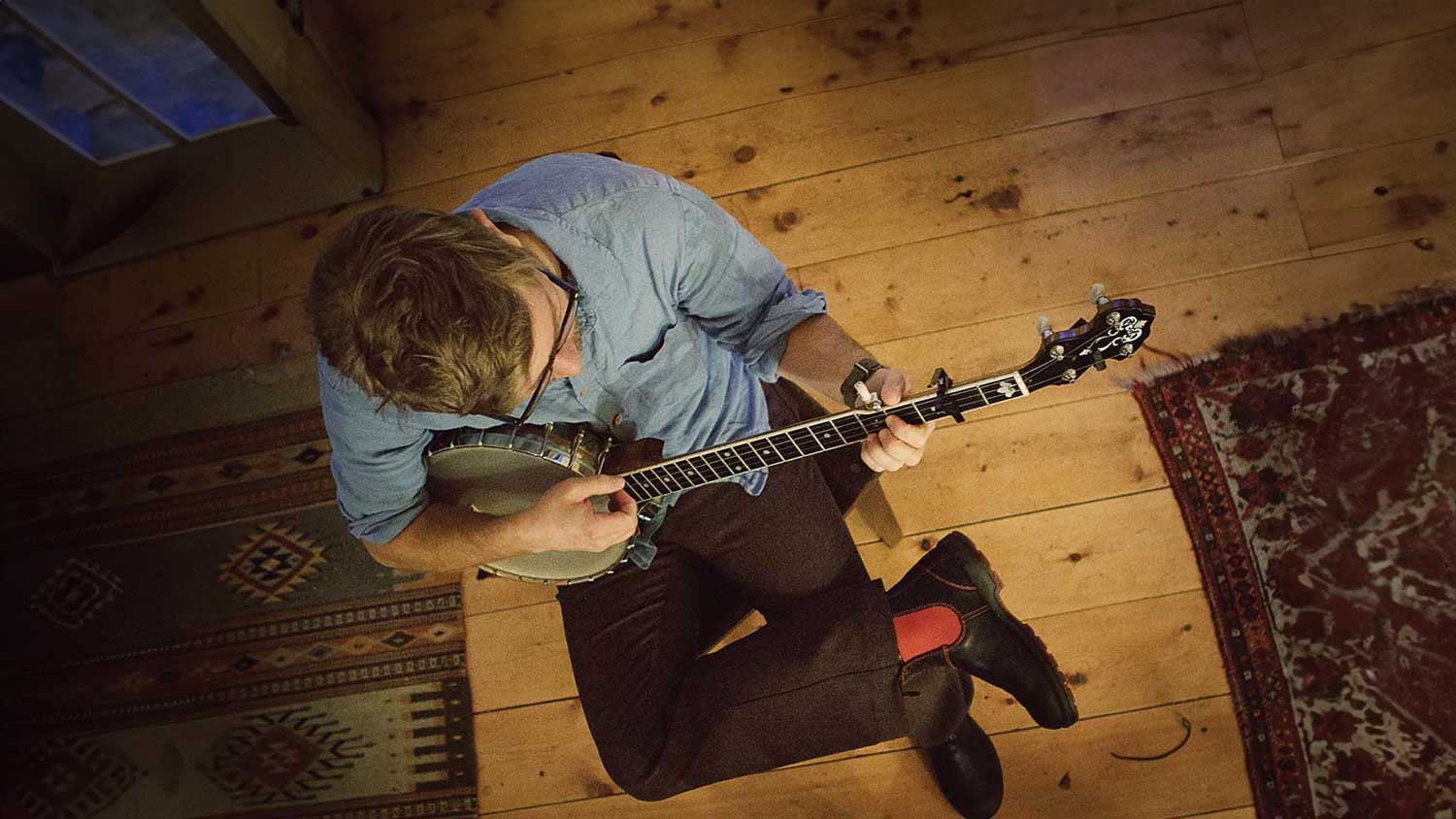
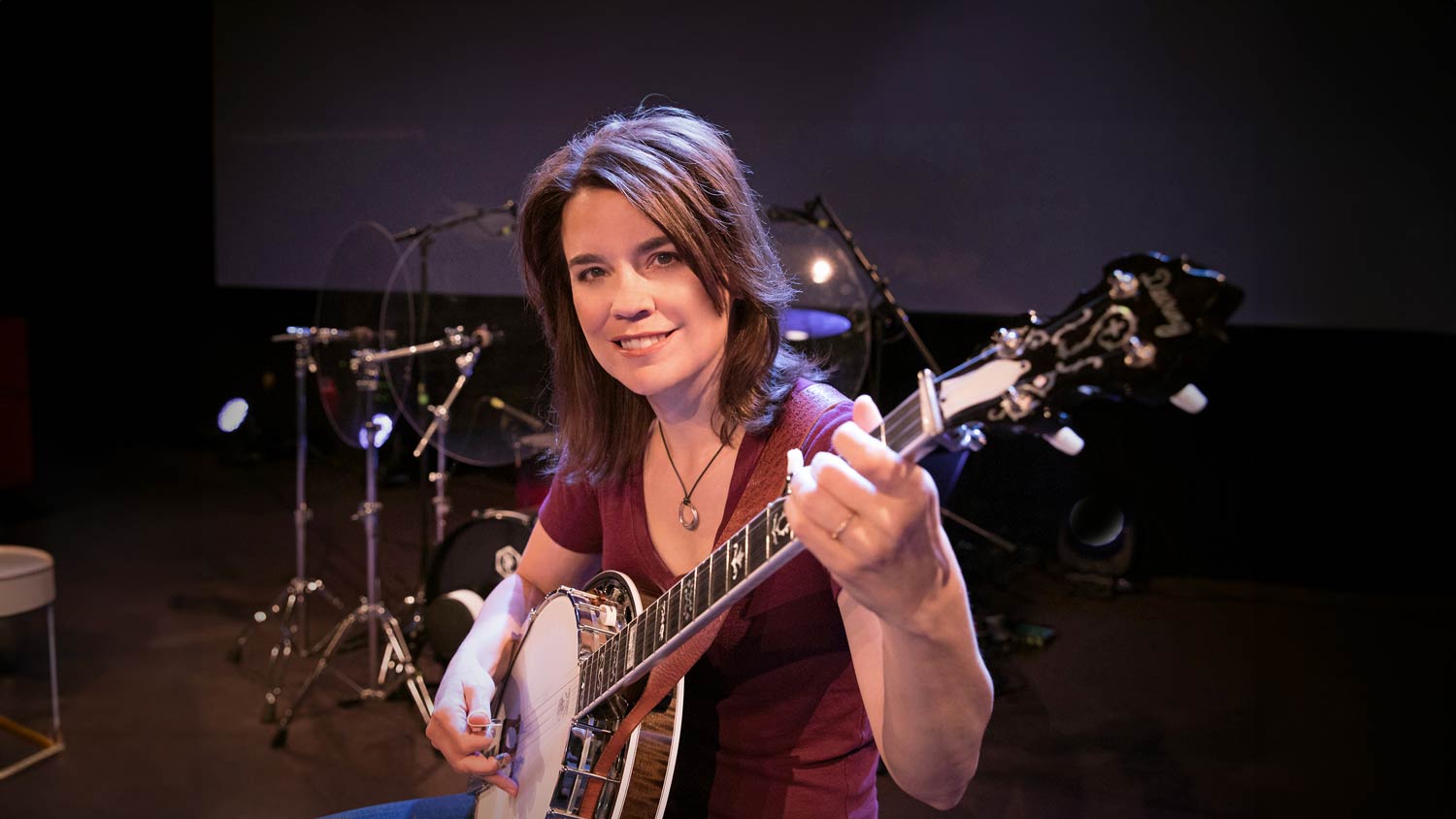

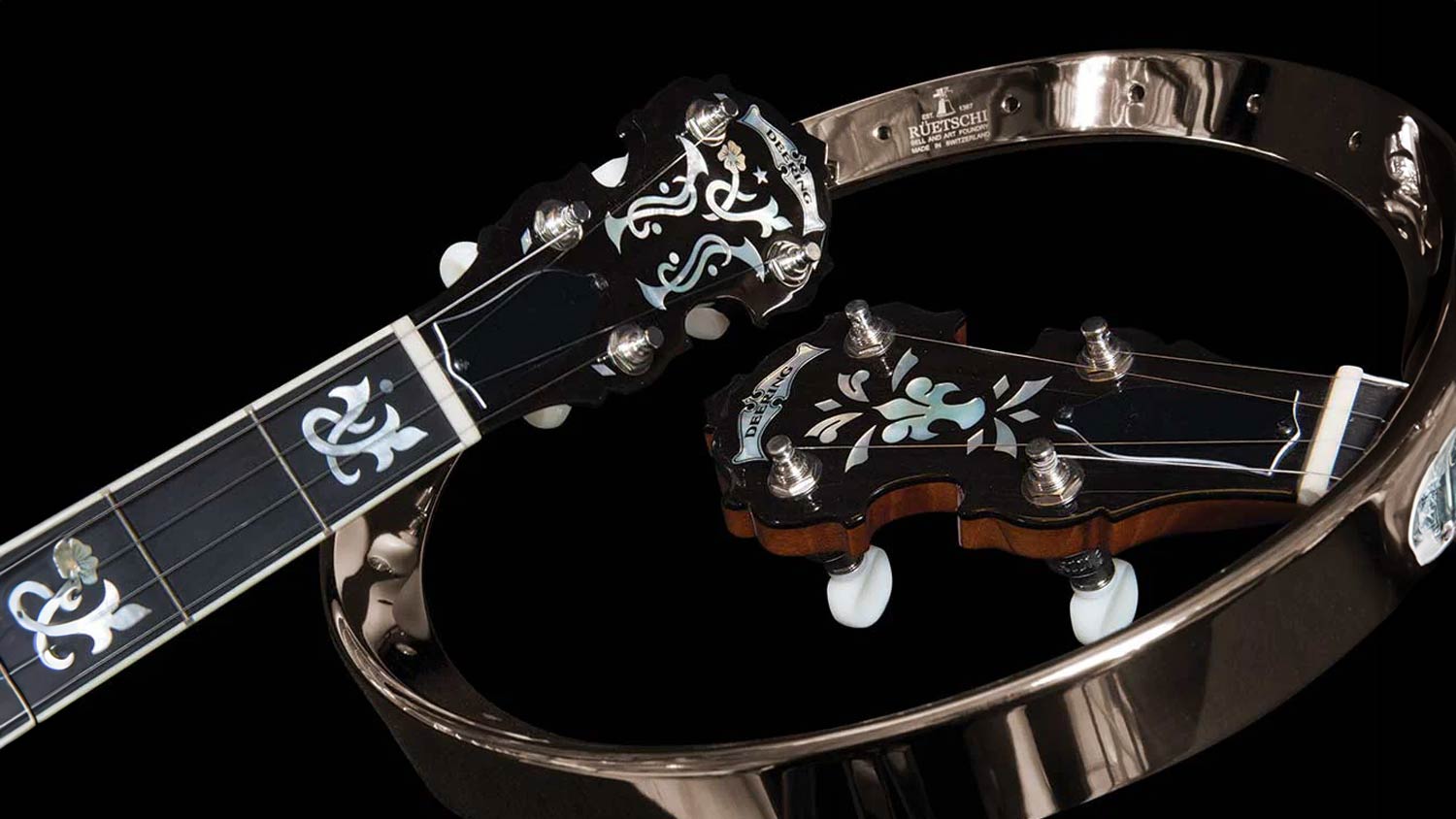

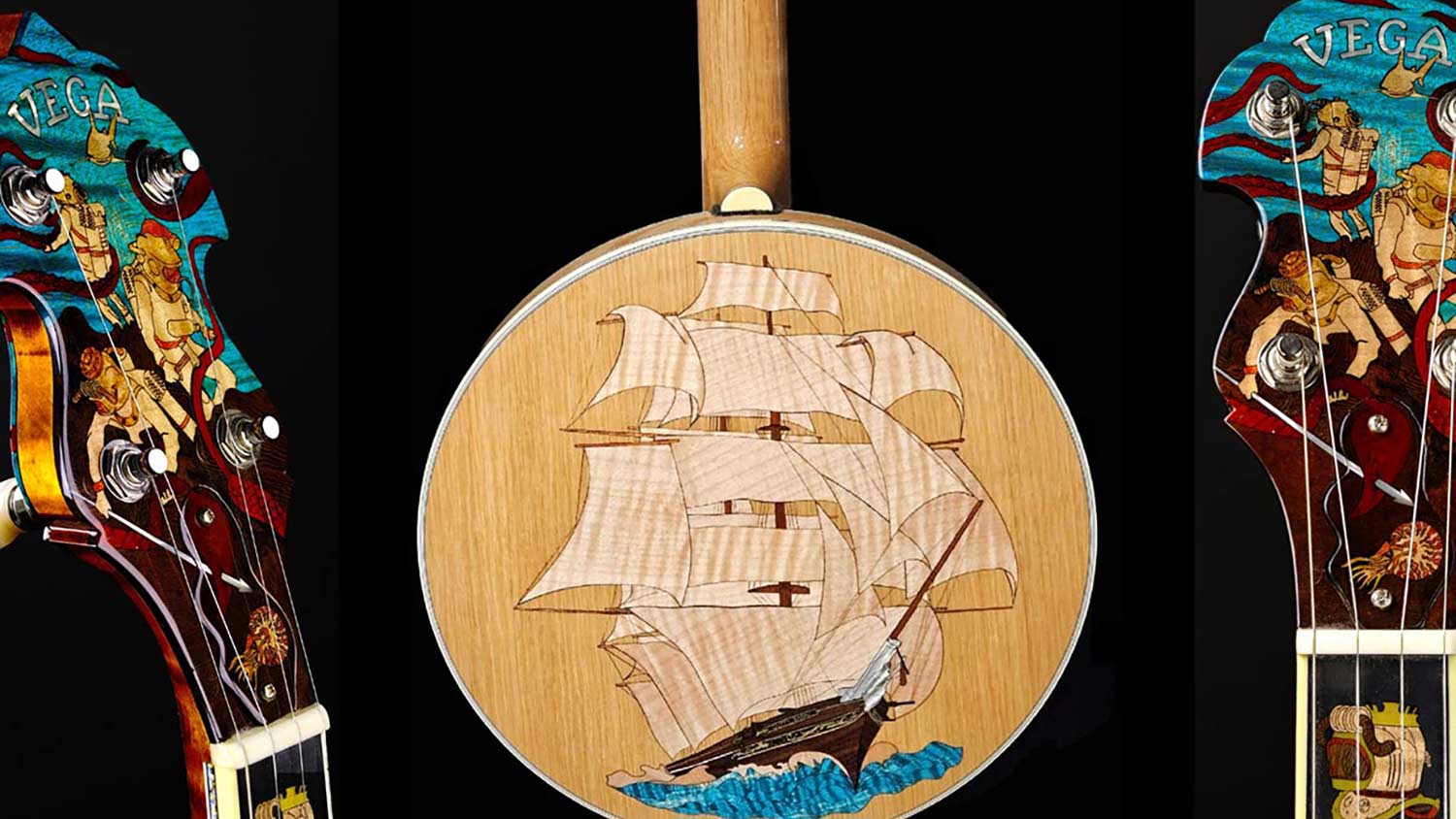





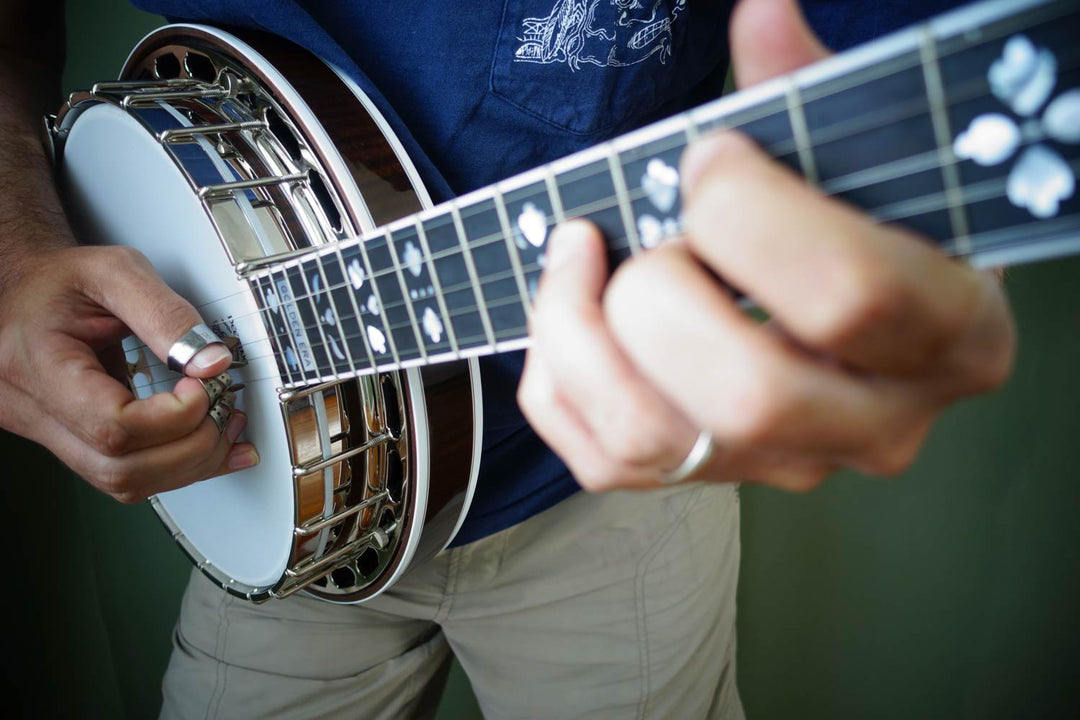
When I decided to buy a banjo, I did not know anything about models or manufacturers.
I did some research on the net and Deering had my interest based on quality and value for money.
As a starting banjo enthousiast, I hesitated between the Goodtime and the Sierra.
Since I have been playing guitar for many years, I have become a bit of a tone chaser. That made me choose the Sierra (mahogany as most of my guitars), and from the first day on, I have no regrets and I play it almost every day now :)
Cheers, Charles
Can you please tell me what machine heads should be on the GDL as i have just bought a 1999 model and it keeps going out of tune.
many thanks Don
Great write up Barry. The only suggestion I have is to buy the very best instrument affordable. It may be a bit of a stretch but value does make a big difference in playability. Many years ago I bought a GDL. It was a lot of money at the time but the years have shown me what a great decision that I made.
I bought a Deering Deluxe 5,primarily going by the Deering reputation and sale price.After reading this article,I feel I made the best choice for me.This is my first American made banjo and I realized the difference right away.I play professionally now and a quality instrument is a must.
From the perspective of a guitarist of 14 years, looking at starting with banjos, this is a very well thought out and informative article. Thank you for writing this. I’ll be back no doubt, but only once I’ve saved up, meanwhile I’ll stick to an open tuned guitar until I have the experience and money to come back for the knowledge for a truly informed decision.
Leave a comment